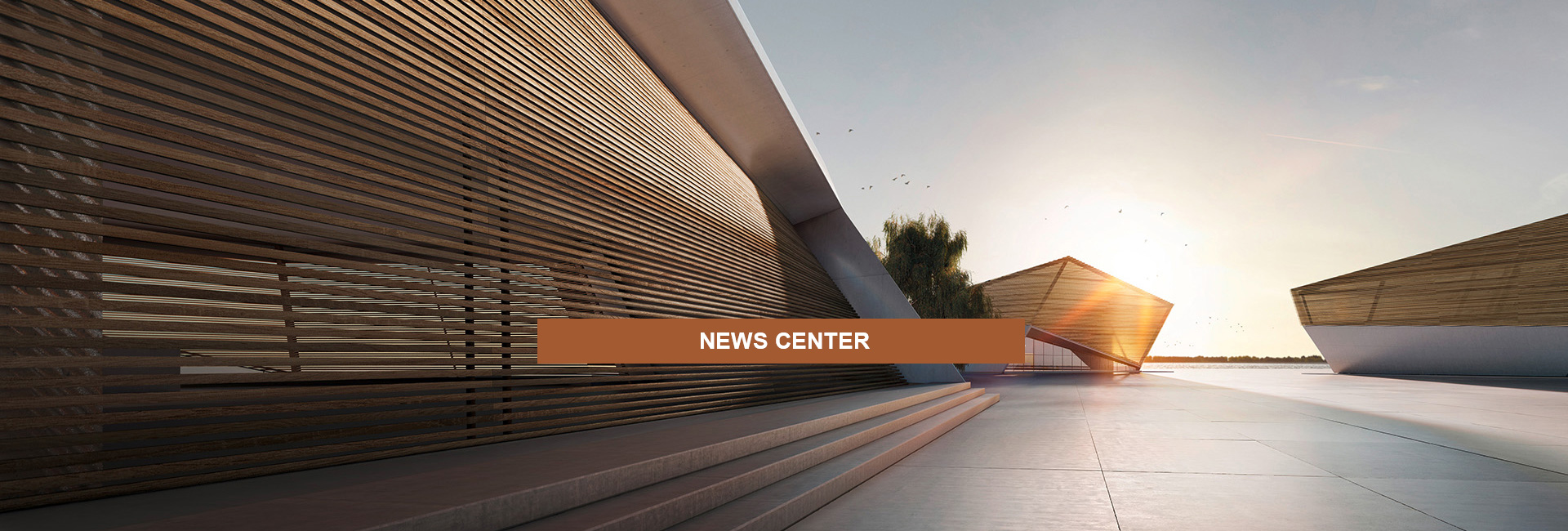


Detailed knowledge of stone processing
1. What are the main types of stone surface effects?
The surface effects of stone mainly include: smooth surface, matte surface, pickling surface, sandblasted surface, fired surface, chopped axe surface, litchi surface, hammered surface, brushed surface antique surface, mushroom surface, natural fracture surface, special surface.
2. What is the meaning of 60 heads, 70 heads, and 80 heads in granite?
Does 70 head mean the height is 630~730mm? Is 750mm counted as 70 or 80? Answer: A 60-head board generally refers to a width of 60, but the length is not limited. For example, the 60-head refers to the rough board is slightly more than 60 (surplus), which is used to make the 60-high scrap board; the 70-head and 80-head are the same as above. In addition, 750mm also counts as 70 heads, but the loss is more.
3. How to classify blocks due to different shaping methods?
(1) Saw-faced blocks: all six faces are sawn
(2) Split face block: only part of the six faces needs to be sawed
4. What are the factors affecting stone processing?
(1) Hardness-the greater the hardness, the more difficult it is to process and the greater the wear on the tool.
(2) Mineral composition and chemical composition-for example, the higher the content of quartz and feldspar in granite, the more difficult it is to process.
(3) The structure and structure of the rock-such as uniform, fine, and dense stone that is easy to process.
5. Why do stones need to be numbered?
(1) Bento processing
(2) Easy to identify
(3) Facilitate on-site construction and installation
(4) Easy to control color difference and track pattern
6. Why should stone be edging?
In order to decorate the side decorations and corner joints, the bento transitions smoothly. Ordinarily use a hand-held grinder to see the polished edge or a manual electric edging machine to polish the polished edge.
7. What is the use of bottom and surface skimming of stone?
In order to make the contact points of various corner stones just at the sharp point of the angle, people can feel the stability of the corner and highlight the overall effect. Ordinary hand-cranked cutting machine adopts forward-hand and back-hand according to different materials.
8. What is the difference between stone pillar and arc board?
The difference is that the circular arc board is only used to wrap the decorative cylinder and is a part of the outer surface of the cylinder; the stone pillar is a solid or hollow integral cylinder or a spliced cylinder.
9. Natural granite should reach four physical performance indicators:
Category Bulk Density (g/cm3) Water Absorption (%) Monotonous Shrinkage Degree (MPa) Bend Degree (WPa) Granite≧2.56≦0.60≧100≧8.0 Marble≧2.60≦5.0≧50≧7.0
10. What are the classifications of natural stone washbasins?
(1) Divided by material: can be divided into granite wash basins, marble wash basins, sandstone wash basins, limestone wash basins, jade wash basins and so on.
(2) According to the installation method, it can be divided into pedestal basin (post type), counter basin (desktop) and hanging basin (wall hanging type). Among them, the counter basin has two types: above counter basin and under counter basin.
(3) According to the way of tap opening: It can be divided into non-porous basin, single-hole basin and three-hole basin.
(4) Divided by purpose: can be divided into bathroom basin, kitchen basin and laundry basin.
11. What is the meaning of fixed thickness?
Because the thickness of the plate generally cannot be divergent, there is a tendency, and in key parts to ensure the overall effect, such as the corner or cover of the overall wall, in order to prevent unevenness, waves, and affect the appearance, it is necessary to stop the fixed thickness. After the thickness is fixed, there can be no chipping or corners. Use a ruler to measure against the board to ensure a straight line. There should be no concave, convex, and undifferentiated dimensions at both ends.
12. What is electrolytic stone?
Electrolytic stone is the stone whose color needs to be changed by 1 bar, put it in an electric furnace, and then heat it to a certain temperature, and it will change color after a certain period of heat preservation. This is the so-called electrolytic stone. Some stones need to be protected by drugs to achieve the desired effect.
13. How to use natural marble and its technical standards?
Marble has fine texture, changeable patterns, and bright color. It is easy to process and polish, but its hardness is low and its wear resistance is worse than that of granite. Mainly used for indoor air, wall, window sill and column finish. Technical standards include "Natural Marble Building Materials" (JC79-84). The shaped board is square or rectangular. The general specification is (300-I220) mmX (15-915) mmx (8-20) mm. The product specification of the imported thin plate production line from abroad is 300mmX150mmX8mm. The most popular specifications internationally are (100-600) mmx (200-305) mmx (7-IO) mm.
14. What are the industrial technical requirements for marble?
Due to the different applications of natural marble, its industrial technology requirements have different focuses. The main requirement of natural marble blocks must have the shape of a right-angled parallelepiped. The size of the block requires that the length is greater than or equal to 100cm, the width is greater than or equal to 50cm, and the height is greater than or equal to 70cm. The appearance quality requires that the color patterns of the same batch of blocks should be basically different; the appearance quality grades such as missing corners, missing edges, and cracks of the blocks should conform to the rules of Table 4.25.6. Physical performance requirements: bulk density not less than 2.6g/cm3; water absorption not more than 0.75%; monotonic shrinkage strength not less than 20MPa; bending strength not less than 7.0MPa.
15. What is sandblasting?
Use ordinary river sand or emery to replace the high-pressure water to wash the stone surface to form a smooth frosted decorative surface.